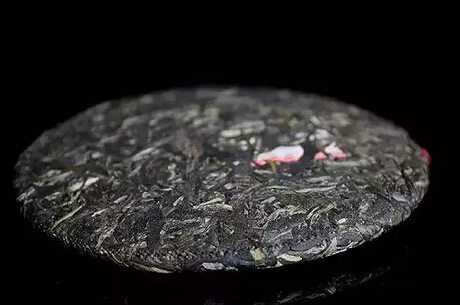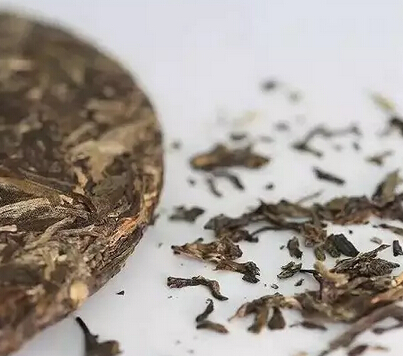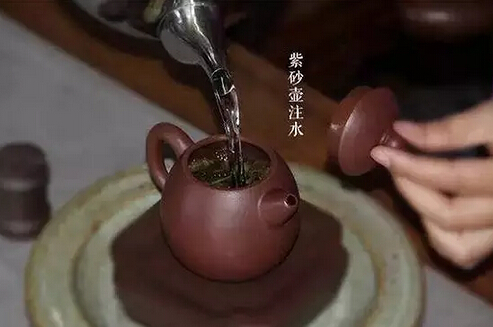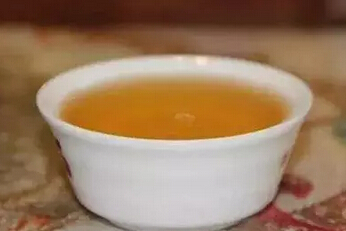Some new raw Pu-erh teas may carry slight smoke or sun-dried flavors, which can also be dissipated through awakening.
Ripe Pu-erh teas generally require awakening, especially those with recent fermentation, to remove the pile fermentation odor. Aged Pu-erh teas, after long storage, often have a dull taste and scattered aroma, making it hard to showcase their deep and rich charm. Awakening tea can revitalize the tea, disperse off-flavors, and make it more palatable.
There are two methods of awakening tea:

One is "dry awakening," which refers to awakening before brewing; the other is "wet awakening," which means awakening during brewing.
1. Dry Awakening
Dry awakening tea refers to changing the storage method of Pu-erh tea to awaken the tea's quality and concentrate its aroma. Common steps include:
1. Breaking up compressed tea.

Remove the packaging and loosen the compressed Pu-erh tea. Newly compressed Pu-erh tea is tightly structured, so a tea needle or knife is needed. For tea cakes, insert the knife horizontally from the side; for tea bricks, splitting from the side is easier; tightly compressed tuo tea can be loosened from the edge or side.
Try to keep the leaves intact while loosening. For aged tea, gently "peel" the leaves as they are often already loose.
2. Natural airing to remove off-flavors.
Let the tea breathe naturally to disperse any unwanted odors.
Spread the loosened tea in a clean, shaded area with good air circulation. Cover the tea with paper to avoid dust. Avoid high humidity or direct sunlight.
The duration depends on the tea: 2–3 days for clean tea; 1–2 weeks for stored tea to fully remove storage odors.
3. Store in an awakening jar.
After airing, place the tea in a well-ventilated, odor-free, and dry purple clay jar to let it recover naturally. Purple clay jars help maintain stable temperature and humidity, enhancing the tea's quality and aroma. Awakening time is typically 1–3 months.
[Simplified Daily Method]
Place the tea in an open environment for about half a month to a month without loosening. When drinking, loosen the tea from the edges first and gradually move inward.
For ripe Pu-erh tea, dry awakening mainly removes the fermentation odor. Loosen the tea and let it sit for about a week before drinking.
2. Wet Awakening

Wet awakening is also called "rinsing" or "warming the leaves."
After dry awakening, use water and temperature to help the leaves unfold, preparing them for optimal brewing. It also washes away dust.
First, warm the teaware with hot water. Add the tea, pour hot water, and immediately pour out the rinse water. Observing the rinse water helps determine brewing temperature and time.
Notes for rinsing:

1. Adjust water temperature based on the tea: lower for raw, new, or tender tea; higher for ripe or aged tea.
2. Do not over-rinse, as excessive release of compounds affects the main brew. Pour out the rinse water quickly.
[Expert Tip for Wet Awakening Aged Tea]
Place the tea in a dry pot, cover, and pour boiling water over the pot. Shake gently and repeat 2–3 times (5–10 minutes total). This "dry sauna" awakens the tea. Open the lid to enjoy the aroma, then rinse once before brewing.